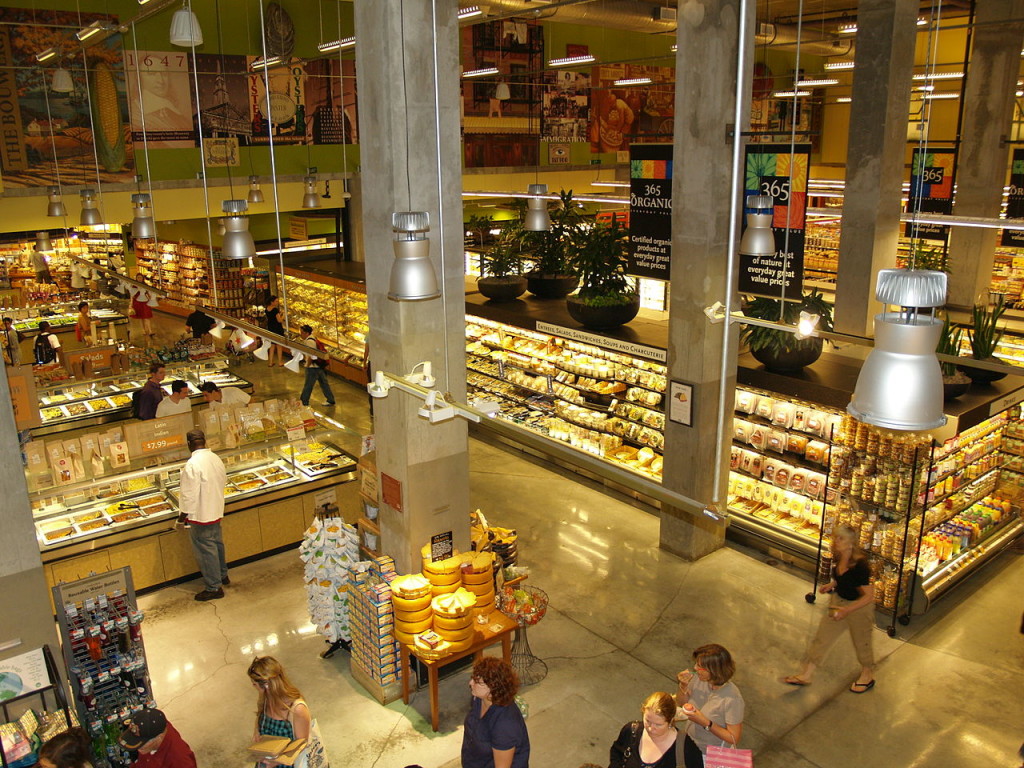UNITED STATES—How often do you head to the supermarket in a given month? Every week, every 2 weeks, once a month? Regardless of how many times you head to the supermarket or grocery store, something we all know is that the price of that grocery bill is on the steady incline. I’ve learned the most important thing about heading to the grocery store is to have a plan. If you head to the store, with no inclination of what you’re going to buy and why, you might purchase a bunch of items that are never consumed.
This is something I used to do religiously and started to realize I was wasting tons of money, but even worse, wasting tons of food that wasn’t being consumed. That’s not good, not good at all. The notion of making a list has become a necessity for me because it prevents me from purchasing those items that are not actually needed.
It is also wise to create your list based on necessities: bread, milk, eggs, meats, fruits, veggies, dry goods, snacks and miscellaneous. By doing so you craft a list where you can target all the items from that particular section and then move onto the next. It might be wise to point out, when we’re talking about things like bread, milk, fruits and vegetables; these are items that don’t necessarily have the longest shelf life.
That means don’t purchase them in excessive amounts unless it’s a certainty those food items will be consumed before they expire or get old. I like to say when it comes to fruits and vegetables; plan to make at least 2-3 trips to the farmers market or supermarket during the month.
When it comes to purchasing meat, these are the most expensive items on the list. Yes, the price of beef, chicken, pork and seafood has increased in recent years so much to the point that a pound of ground chuck or ground round could cost about $5 or $6. Many people like to go with the option of purchasing a whole chicken which I think is a smart idea; well it is if you’re able to break down that chicken.
Most of us like the idea of convenience when we go to the supermarket, hence the reason we might spend a few more bucks to have that chicken butchered or a specific cut of meat that we want sliced a certain why. I’d say set aside AT LEAST $100 when it comes to purchasing those meats or proteins you plan to prepare for your family to consume during your weekly, bi-weekly or monthly trips to the market. Another $100-$150 should cover all those other food items that you are planning to purchase. Note: if you’re one that is eating gluten free and organic foods plan to increase that bill by an extra $100-$200 as those items tend to be a bit more expensive than the traditional food selections many of us encounter at the local market.
Snacks, those might be the things that increase the amount on our weekly or monthly grocery bill more than we suspect. There is a reason they inform you to never shop when you’re hungry. Why? Because everything you see you want to buy and a lot of the time you’re buying things based on how you feel instead of what you need. I’m a believer that it is absolutely ok to have snacks in the home, for those suffering from health issues; you just have to be a bit more apprehensive to what things you buy and shouldn’t buy. NEVER take kids to the store unless you absolutely have no other option. Bringing a child can add an additional $30-$50 on the bill because they’ll want every item they see in sight.
The one thing that haunts me about heading to the supermarket is that notion of not being able to fully spend frivolously without the worry of price. I think everyone wants to do that when they shop, but I’d say 99 percent of Americans are concerned about budgetary concerns and not just wastefully throwing money away if they don’t have to. I mean so many stores now utilize online coupons as a way to help their customers save money.
In essence, you don’t have to spend the full price to receive a top quality product. It all comes down to the art of shopping around and knowing that it is indeed okay to make stops at several stores to stock the cabinets, shelves, the fridge and freezer with food items for the family.





